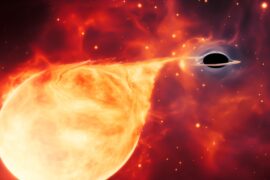When you scan the sky with radio dishes or X-ray satellites, spinning neutron stars pop out as regular flashes — each pulse carrying clues about the star’s spin, magnetic field and surroundings. Studying those signals across wavelengths reveals a surprising variety of behavior tied to age, companions and accretion history.
There are 12 Types of Pulsars, ranging from Accretion-Powered Pulsar to Young Pulsar. For clarity, each entry below is organized with three columns: Typical period (ms), Magnetic field (G), Emission band, so you can quickly compare spin rates, field strengths and where each type is seen; you’ll find that organization below.
How do astronomers distinguish different pulsar types?
Observers use a mix of timing (period and its derivative), spectral band (radio, X-ray, gamma), magnetic field estimates and binary/ accretion signatures; for example, millisecond pulsars show very short, stable periods often in binaries, while accretion-powered systems display X-ray variability tied to mass transfer.
Can a pulsar change type during its lifetime?
Yes — evolutionary paths exist: a young pulsar can slow and weaken its field, while an old neutron star in a binary can be spun up by accretion into a millisecond or transitional pulsar, so observed properties can shift as environment and accretion change.
Types of Pulsars
| Name | Typical period (ms) | Magnetic field (G) | Emission band |
|---|---|---|---|
| Radio Pulsar | 100 – 8,000 | 10^11 – 10^13 | Radio |
| Millisecond Pulsar | 1.5 – 30 | 10^8 – 10^9 | Radio, X-ray, gamma |
| Young Pulsar | 10 – 100 | 10^12 – 10^13 | Radio, X-ray, gamma |
| Binary Pulsar | 1.5 – 8,000 | 10^8 – 10^13 | Radio, X-ray |
| Double Pulsar | 23 – 2,800 | 10^9 – 10^11 | Radio |
| Black Widow Pulsar | 1.5 – 10 | 10^8 – 10^9 | Radio, gamma, X-ray |
| Redback Pulsar | 1.5 – 10 | 10^8 – 10^9 | Radio, gamma, X-ray |
| Gamma-ray Pulsar | 10 – 500 | 10^12 – 10^13 | Gamma, X-ray |
| Accretion-Powered Pulsar | 1,000 – 100,000 | 10^11 – 10^13 | X-ray |
| Magnetar | 2,000 – 12,000 | 10^14 – 10^15 | X-ray, gamma |
| Rotating Radio Transient (RRAT) | 100 – 7,000 | 10^12 – 10^14 | Radio |
| Intermittent Pulsar | 500 – 2,000 | 10^12 – 10^13 | Radio |
Images and Descriptions
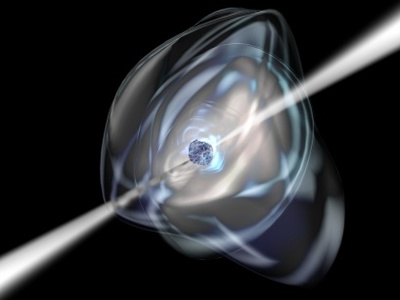
Radio Pulsar
The classic type of pulsar. A rapidly spinning neutron star emitting beams of radio waves from its magnetic poles. We detect a pulse each time a beam sweeps across Earth, and they are found throughout the Milky Way.
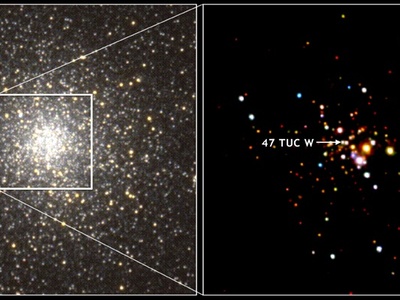
Millisecond Pulsar
An old pulsar “recycled” and spun-up to incredible speeds by accreting matter from a binary companion. They are extremely stable clocks and are often found in globular clusters or binary systems throughout the galaxy.
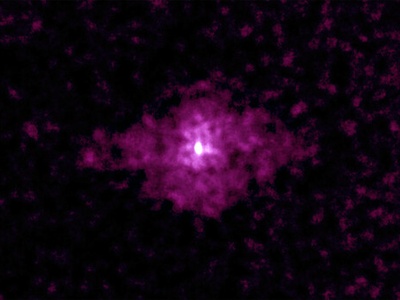
Young Pulsar
A newly-formed pulsar, often found within the glowing remains of a supernova explosion. They spin very fast and have strong magnetic fields, but slow down rapidly as they age and lose rotational energy.
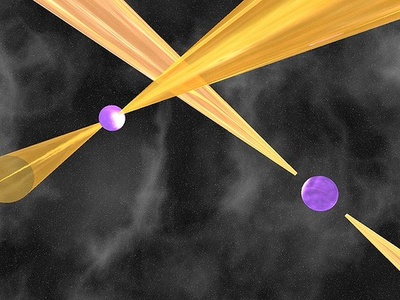
Binary Pulsar
Any pulsar that is in orbit with another star, which could be another neutron star, a white dwarf, or a normal star. These systems are cosmic laboratories for testing Einstein’s theory of general relativity.
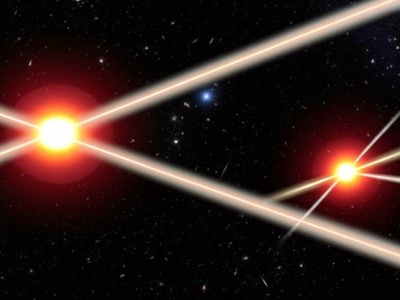
Double Pulsar
An extremely rare binary system where two pulsars orbit each other. The only known example provides the most precise tests of general relativity in strong gravity, confirming predictions like orbital decay due to gravitational waves.

Black Widow Pulsar
A type of millisecond pulsar in a tight orbit with a very low-mass companion. The pulsar’s intense radiation and stellar wind are actively stripping material from, and eventually destroying, its unfortunate partner star.
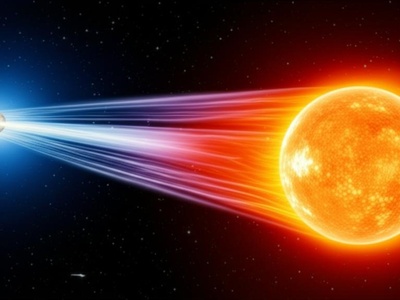
Redback Pulsar
Similar to a Black Widow, a Redback pulsar is also evaporating its companion. However, its companion star is more massive (over a tenth of the Sun’s mass) and not as close to being completely destroyed.
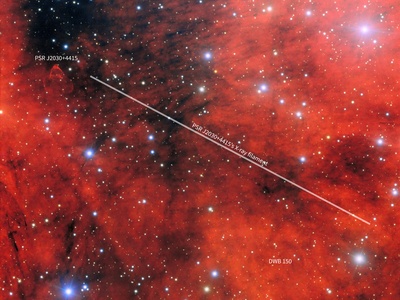
Gamma-ray Pulsar
A pulsar whose pulsed emission is most prominent or exclusively detected in high-energy gamma rays. Many are “radio-quiet,” meaning their radio beams miss Earth or are too faint, making them invisible to radio telescopes.
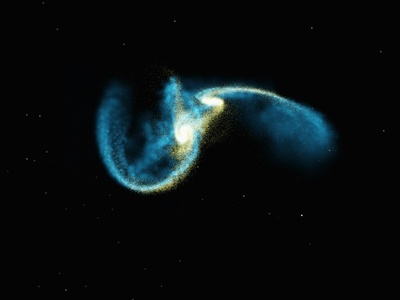
Accretion-Powered Pulsar
Powered by accretion, not rotation. Found in binary systems, these pulsars gain energy from matter falling onto them from a companion star. This material is channeled by the magnetic field, creating X-ray-emitting hot spots at the poles.
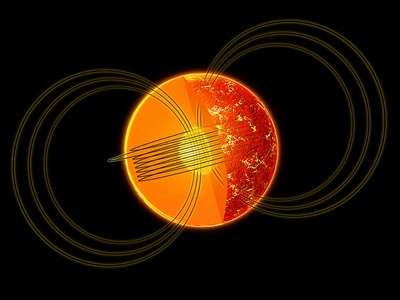
Magnetar
The most magnetic objects known, with fields quadrillions of times stronger than Earth’s. Their intense X-ray and gamma-ray emission is powered by the decay of this extreme magnetic field, not by rotation.

Rotating Radio Transient (RRAT)
An enigmatic type of neutron star that emits sporadic, short bursts of radio waves instead of a steady stream of pulses. They are difficult to find, as they are “on” for less than a second per day.
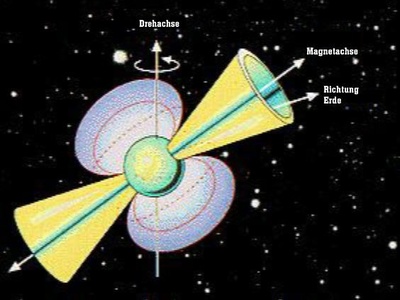
Intermittent Pulsar
A pulsar that switches between a normal pulsing state (“on”) and a quiet state (“off”) for long periods, from days to years. This behavior challenges our understanding of how pulsar radio emission is generated.
Enjoyed this article?
Get daily 10-minute PDFs about astronomy to read before bed!
Sign up for our upcoming micro-learning service where you will learn something new about space and beyond every day while winding down.



